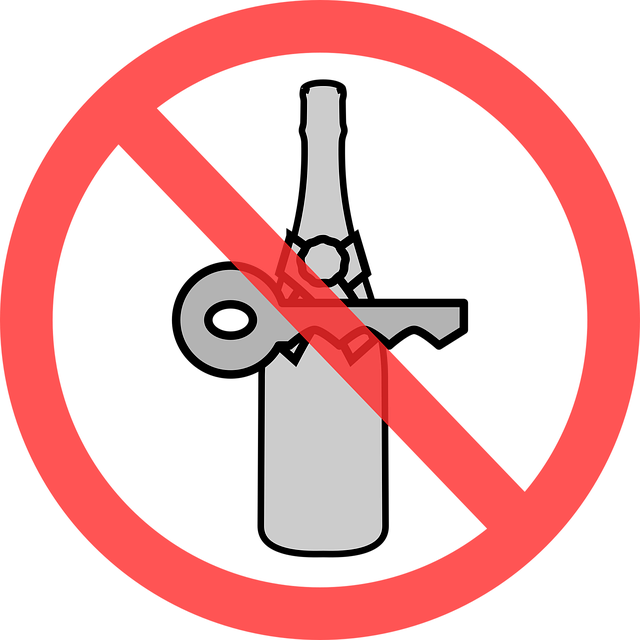Rural Community DUI Prevention focuses on tailored strategies addressing lower population densities and limited law enforcement. This includes raising awareness, considering local dynamics, targeting high-risk groups, engaging communities, and implementing alternative sentencing like community service and educational workshops. Evaluating these innovative approaches shows reduced recidivism and promotes safer rural communities with decreased impaired driving rates.
In rural communities, addressing DUI (drunk driving) poses unique challenges. This article explores alternative sentencing options tailored to mitigate the problem within these tight-knit societies. We delve into the comparison between traditional and innovative approaches, focusing on community service and education programs as viable solutions for rural community DUI prevention. By evaluating success rates, we aim to highlight effective strategies that balance accountability with restorative justice, ultimately fostering safer environments.
- Understanding Rural Community DUI Prevention
- Traditional vs Alternative Sentencing Options
- Community Service and Education Programs
- Evaluating Success Rates of Alternative Sentences
Understanding Rural Community DUI Prevention

In rural communities, addressing Driving Under the Influence (DUI) poses unique challenges. With lower population densities and often limited law enforcement resources, prevention strategies must be tailored to the specific needs and characteristics of these areas. Rural community DUI prevention efforts should focus on raising awareness about the dangers of impaired driving while considering the geographical and social dynamics that may influence behavior.
Educational initiatives can play a crucial role by targeting high-risk groups and promoting responsible drinking practices. Community engagement is also vital; leveraging local support networks, community events, and peer-to-peer discussions can help disseminate information and encourage safe decisions regarding alcohol consumption and driving. Additionally, implementing alternative sentencing options for DUI offenders in these areas can be transformative, offering opportunities for rehabilitation and reducing recidivism without overburdening limited law enforcement resources.
Traditional vs Alternative Sentencing Options

In many rural communities, the approach to DUI (drunk driving) prevention has traditionally focused on strict penalties and law enforcement. This includes heavy fines, license suspensions, and even jail time. While these measures have their place in deterring impaired driving, they may not always be the most effective or compassionate solution, especially for first-time offenders or those facing significant personal challenges.
Alternative sentencing options are gaining traction as a more holistic way to address DUI cases. These alternatives aim to balance public safety with an understanding of the underlying factors contributing to drunk driving. For instance, community service, participation in rehabilitation programs, and educational workshops can empower individuals to make better choices while also fostering a sense of accountability within rural communities. By considering these options, we not only support those struggling with addiction or mental health issues but also contribute to a more sustainable and effective DUI prevention strategy tailored to the unique needs of rural areas.
Community Service and Education Programs

Community service and education programs play a vital role in rural community DUI prevention. These initiatives empower residents to take ownership of their safety by addressing the root causes of impaired driving. Through participation, individuals gain a deeper understanding of the impact of alcohol and drug use on their communities, fostering a culture of responsible drinking. By combining hands-on service with educational workshops, these programs not only deter future DUI offenses but also promote social change.
In rural areas, where access to specialized services might be limited, community-based programs offer a sustainable solution. They encourage peer support and leadership, allowing participants to share their experiences and knowledge with peers. This grassroots approach enhances the effectiveness of DUI prevention efforts by creating a network of informed individuals dedicated to keeping their communities safe.
Evaluating Success Rates of Alternative Sentences

Evaluating success rates of alternative sentences plays a pivotal role in Rural Community DUI prevention efforts. Studies have shown that innovative approaches, such as community service, electronic monitoring, and diversion programs, can significantly reduce recidivism rates compared to traditional prison sentences. By offering alternatives to incarceration, these programs address the underlying factors contributing to impaired driving while providing individuals with the support needed for rehabilitation.
In the context of Rural Community DUI Prevention, understanding which alternative sentencing options yield the best outcomes is crucial. Research indicates that community-based interventions not only decrease repeat DUI offenses but also foster a sense of accountability and reintegration among participants. As such, investing in evidence-based programs that focus on education, counseling, and restorative justice can lead to safer rural communities with lower rates of impaired driving.
Alternative sentencing options, such as community service and education programs, offer a promising approach to addressing DUI (drunk driving) in rural communities. By implementing these innovative strategies, we can effectively reduce recidivism rates and promote public safety without relying solely on traditional incarceration. With careful evaluation and adaptation based on success rates, alternative sentences can play a pivotal role in the comprehensive strategy of Rural Community DUI Prevention.






